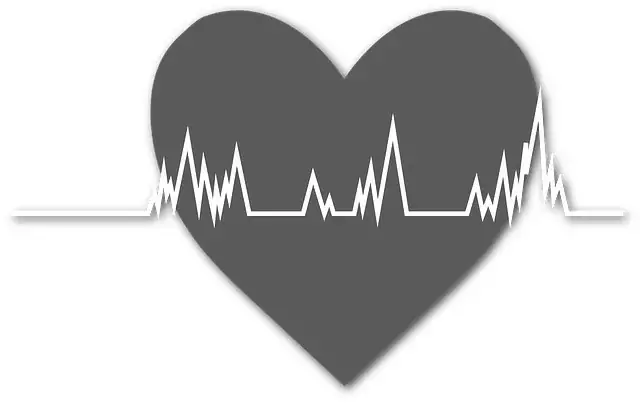
Spotlight on Cardiac Arrest
As few as one in ten survive a cardiac arrest outside of hospital. But researchers have a whole battery of studies underway in the attempt to optimise all parts of the chain of survival.

A fight against time
Every year in Sweden, about 10,000 people suffer from sudden cardiac arrest outside of hospital, that means more than 25 people every day. The most important factor in a cardiac arrest is the time from its occurrence until cardiac resuscitation begins. It is estimated that for every minute that passes, the chance of survival is reduced by ten percent.

“I see it as a compassionate thing to do”
Madeleine Liljegren is a sms-lifesaver.
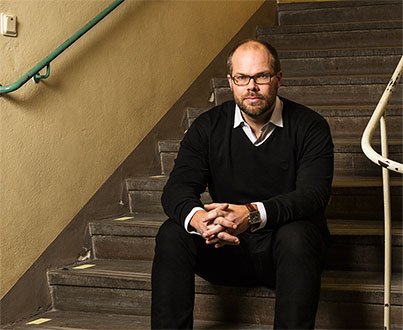
“My vision went black and spun around”
Daniel Trädgårdh survived a cardiac arrest.
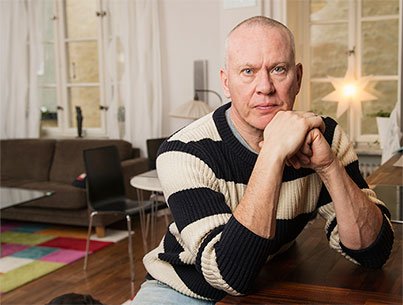
“I didn't hear any heart sounds or feel any pulse”
Lars Björkman lost his wife in a cardiac arrest.
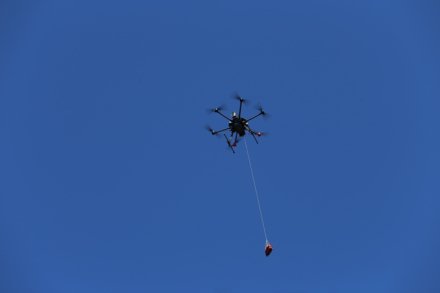
Drones can increase survival after cardiac arrest
Drones can deliver defibrillators to real-life alerts of suspected cardiac arrest before the ambulance arrives, which may in the future help save lives, according to a study at Karolinska Institutet.
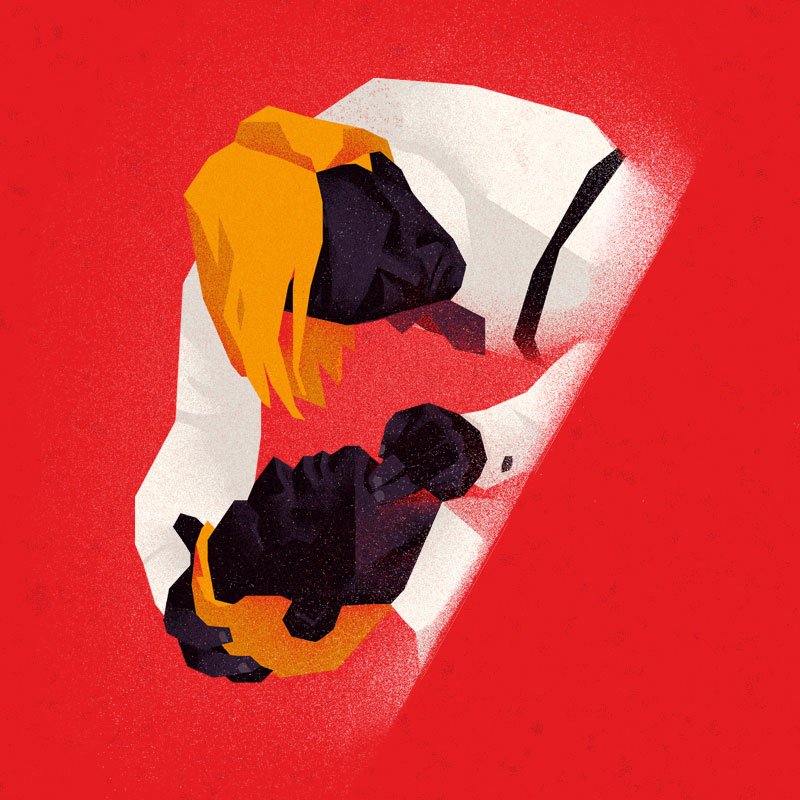 Photo: Björn Öberg
Photo: Björn ÖbergHelp in the event of cardiac arrest
In the event of a cardiac arrest every second counts. In case of emergency, call 112. Here are also instructions on how to do CPR (cardiopulmonary resuscitation).
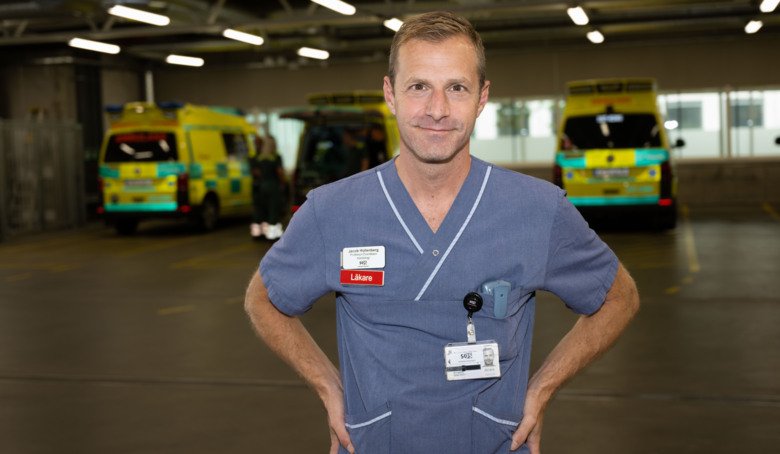 Photo: Stefan Zimmerman
Photo: Stefan ZimmermanNew life-saving methods for cardiac arrest
Jacob Hollenberg conducts research to increase the survival rate after cardiac arrest. He leads the KI Center for resuscitation science, which develops and studies new innovative methods and treatments along the entire cardiac care pathway.
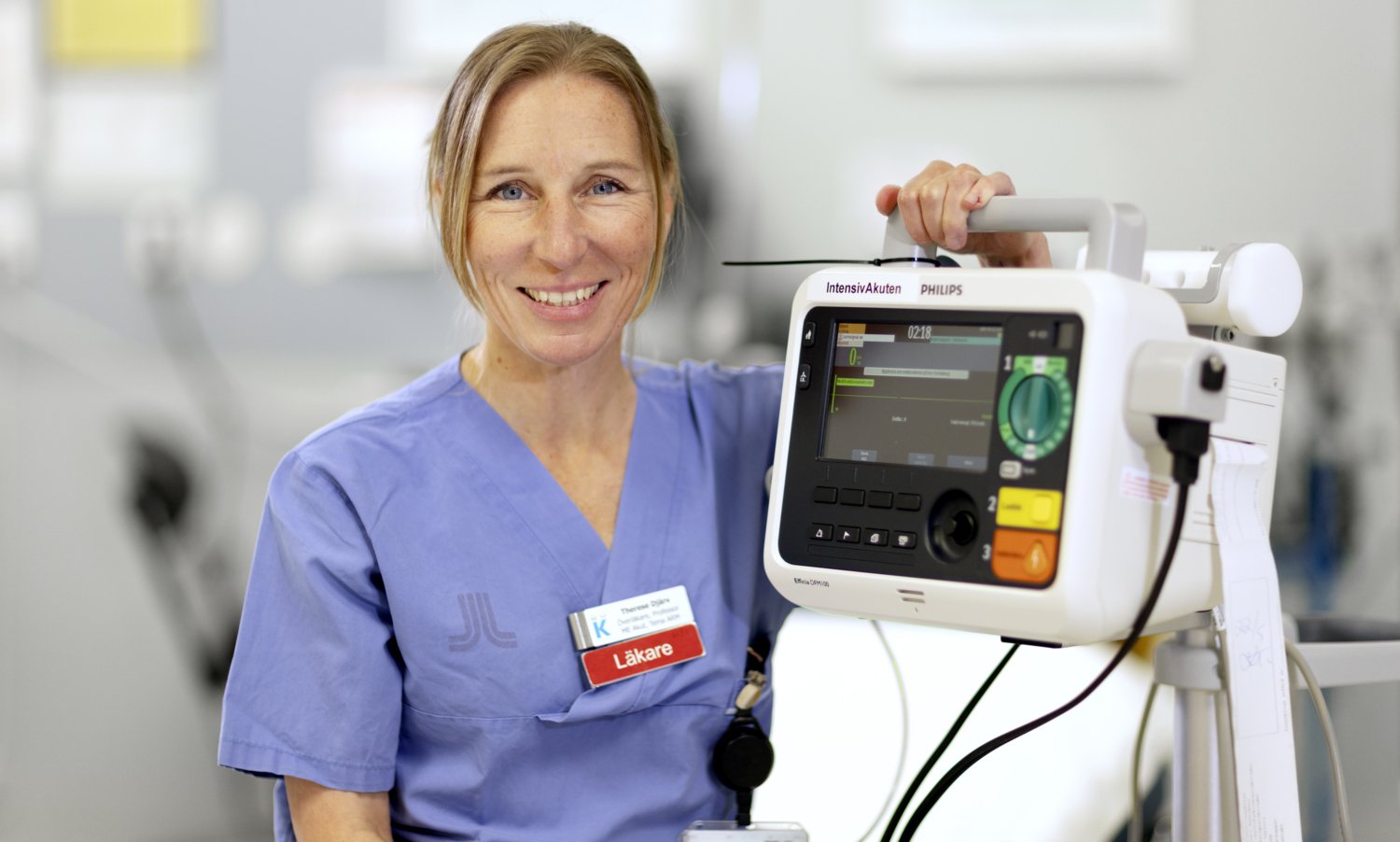 Photo: Rickard Kilström
Photo: Rickard KilströmSeeking to learn more about cardiac arrest in the hospital environment
Every year, approximately 2,500 patients in Sweden suffer a cardiac arrest at a hospital, from which only one in every three survive. Therese Djärv wants to unpack why these events occur and how they can be prevented.
 Photo: Getty Images
Photo: Getty ImagesHeart anomaly in valve disease can cause sudden cardiac arrest
People with a certain heart valve abnormality are at increased risk of severe heart rhythm disorders, even after successful valve surgery. The condition is more common in women and younger patients with valve disorder and can, in the worst case, lead to sudden cardiac arrest.
